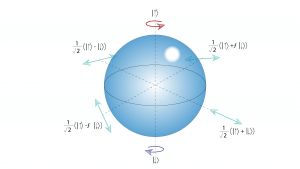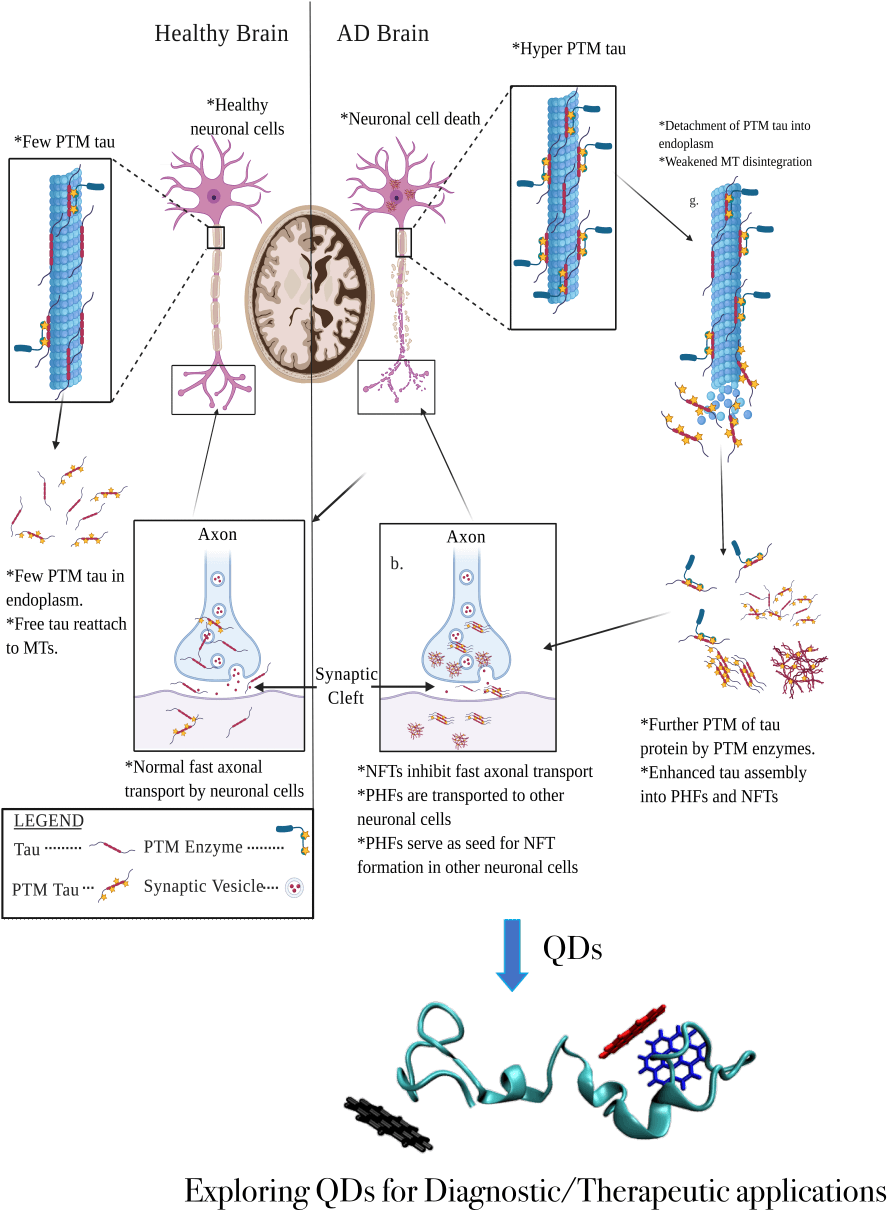Summary
As monolayers, transition metal dichalcogenides (TMDCs) – such as tungsten diselenide (WSe2) – become direct-bandgap semiconductors capable of emitting light. Compared to conventional direct-bandgap semiconductors, such as III-V semiconductors like GaAs, excitons (quasiparticles made of an electron hole bound with an electron) and single-layer TMDCs (SL-TMDCs) have much stronger binding energy. Excitons and SL-TMDCS also have an extra degree of freedom called “k-valley index” or “pseudospin”, which couples with their spin in the presence of light. Due to the way the spin and valley degrees of freedom couple together, excitons in SL-TMDCs can act as a two-level quantum system, whose quantum state can be initialized and controlled with photons of specific polarization, either collectively or as individual excitons confined in quantum dots. To utilize these two-level quantum systems as solid-state qubits in a quantum device, the spectral and temporal dynamics of SL-TMDC excitons in the presence of electric and optical fields needs to be investigated. However, some of the exciton processes in SL-TMDCs happen at timescales that are beyond the resolution of streak cameras used for studies of excitons in conventional semiconductors. To overcome this problem, this research will use femtosecond photoluminescence up-conversion (fsPLupC). This technique relies on sum frequency generation that arises when the photoluminescence signal overlaps with a reference femtosecond (fs) pulse inside a non-linear crystal. It can reveal both temporal and spectral information about the studied processes, potentially with a resolution better than 100 fs. This work will provide a greater fundamental understanding of TMDC monolayers and explore their potential use as ‘valleytronic’ based quantum devices.

Figure 1. Bloch sphere depiction of the optical addressability of bright excitons in a Single-Layer TMDC. Bright excitons with pseudospin ├ |↑⟩ or ├ |↓⟩ are created (annihilated) via absorption (emission) of a right-handed or a left-handed circularly polarized photon (red and blue arrows, respectively). The equator corresponds to equal superpositions of bright excitons in the two valleys and are therefore generated by absorption of linearly polarized photons denoted by green arrows.
Related Content

Carbon Nanotube Monolayer Josephson Junction Superconducting Qubit
Carbon nanotubes (CNTs) are a promising material for use in Josephson-Junctions (JJs) given their unique properties, such as high electrical conductivity, pristine surface, inherent nanoscale dimension, and silicon-compatible processing
June 1, 2017

Identifying the Potential of Quantum Dots to Detect and Disrupt Tau Protein Aggregation in Alzheimer’s Disease
Specific tests for Alzheimer’s disease (AD) diagnosis are currently unavailable, despite AD being the leading cause of dementia. One hallmark of AD progression is the aggregation of tau proteins into paired helical filaments and neurofibrillary tangles, which is accelerated by the hyperphosphorylation of Tau proteins. However, the mechanism by which the hyperphosphorylated tau accelerates protein […]
March 27, 2023
QuantumIon: an open-access quantum computing platform
Summary Trapped ions are one of the most advanced technologies for quantum computing, offering multi-qubit control in a universal quantum computing architecture and the ability to perform calculations with unprecedented precision. In this project we construct a shared trapped-ion quantum computing platform, QuantumIon, that will enable a broader and interdisciplinary scientific community to access an […]
September 9, 2019

Rydberg Atom Array Quantum Simulator
Summary Quantum simulators enable probing the static and dynamic properties of correlated quantum many-body systems that would otherwise be numerically inaccessible using classical simulators. We are developing quantum simulators based on arrays of neutral atoms excited to Rydberg states. Such Rydberg atom arrays are advantageous for simulating the dynamics of interacting spin systems (Ising spin […]
February 27, 2020

